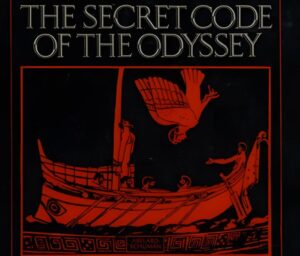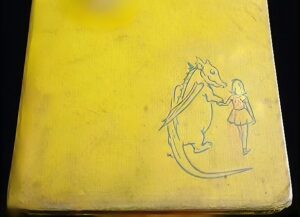The Belt of Fire : The Sicilian Pyramids
Among the first pyramids built by humans, there are not only the famous Egyptian ones—in fact, the Egyptian pyramids are much younger compared to those found in other parts of the world.
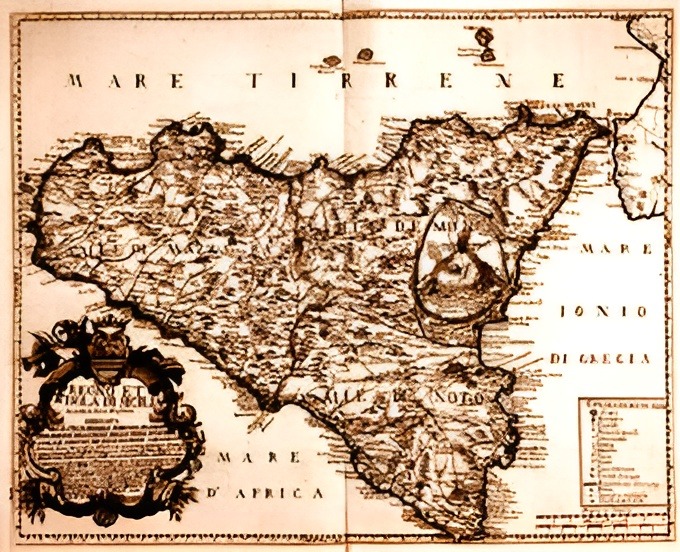
Eastern Sicily, in particular, is rich in true and ancient pyramids as well as very ancient megalithic sites that suggest Irem, the first city of humanity, may have been located right in that area.
Robert Anton Wilson, in his Illuminatus trilogy, wrote that Sicily was the first terrestrial civilization, the oldest one, and that this people initiated extraordinary dynamics across more than two continents. These pyramids are located on private properties, making access difficult. Many have been modified over the years, some even restored with concrete blocks. Others have been used as foundations for small houses or have been nearly destroyed. These are known as the Pyramids of Etna or Aetna.
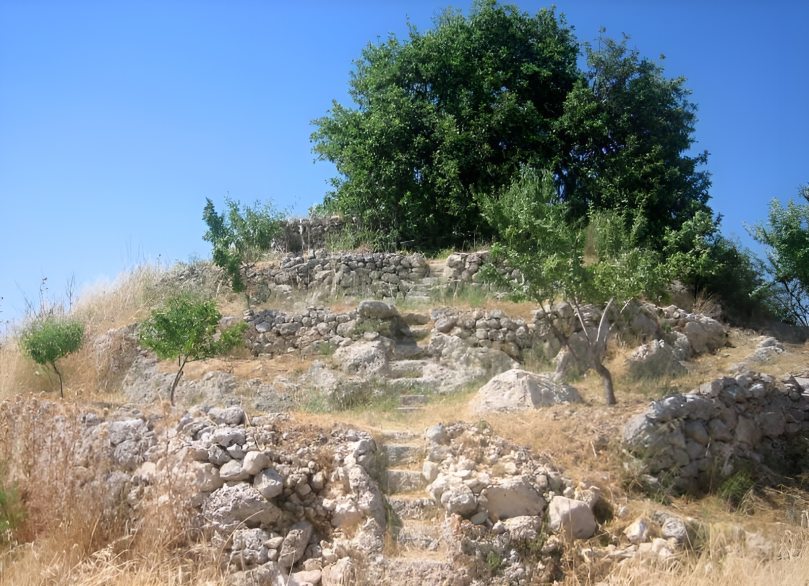
Built with volcanic stone, these pyramids are found in towns like Piedimonte Etneo, Linguaglossa, Randazzo, Castiglione, Passopisciaro, Adrano—around the eastern slopes of Mount Etna. There are about forty pyramids with smooth or stepped corners, rectangular or square bases, altars on raised parts, and access ramps, now hidden and protected by fences and walls.
The discovery is supported by authoritative sources in archaeology. Among researchers focused on this subject are Norwegian explorer Thor Heyerdahl and French Egyptologist Antoine Gigal, who still works as an archaeologist in Cairo.

Gigal provided a firsthand testimony, retrieved from a website:
“I knew that about a dozen pyramids had been documented in Sicily, which sparked my curiosity. So, I decided to see them personally. We climbed hills, crossed olive groves, took photographs and measurements. To our great surprise, we managed to identify about forty pyramids—many more than we expected. An amazing aspect is their similarity to the Sesi of Pantelleria or the Sardinian Nuraghi. But these are not funerary monuments. Unfortunately, some pyramids are damaged and not easy to identify or study.”
On Etna’s north side, in a private property, Gigal found a pyramid about 30 meters high.
“The top floors have collapsed, the base is 23 meters wide, with very steep stairs leading to the top.”
Other pyramids are found at Passopisciaro and Francavilla di Sicilia.
“The access ramp inside the pyramid forms a winding path. Moreover, battlement-like structures are visible, with water spouts allowing drainage.”
Who built these ancient temple-like structures? According to the researcher, it was the Sicani:
“Much is still to be discovered about them. Certainly, they occupied all of Sicily and traces of their culture date back to the 3rd millennium BC.”
However, we believe that the pyramids were actually built by the Shekelesh, one of the tribes known as the Sea Peoples, in a mythical era reminiscent of the fantastic world depicted in the Conan the Barbarian novels.
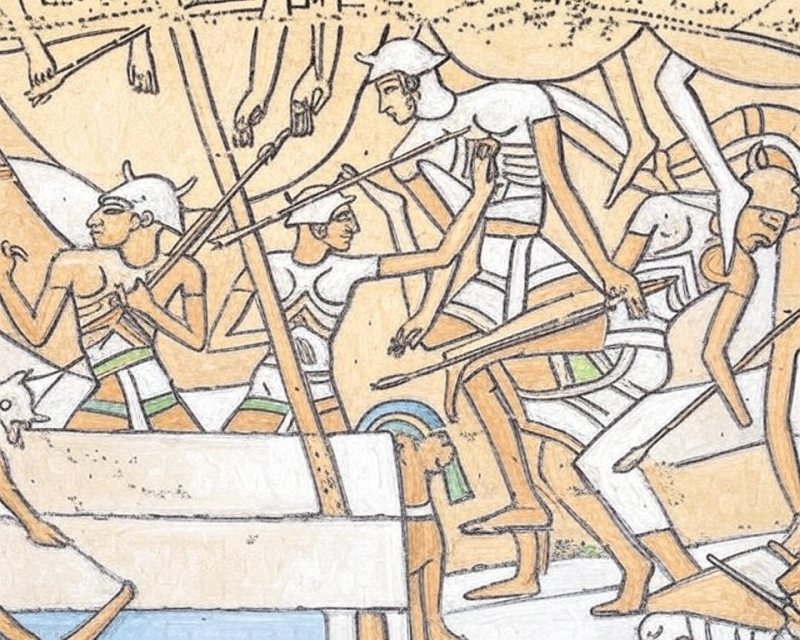
The Shekelesh, also called Sandars, native to Eastern Sicily, were a barbaric and nomadic people who roamed the Mediterranean and Eastern and Northern Europe, even clashing with the Egyptian Empire during the reigns of Pharaohs Merneptah and Ramses III. Some Shekelesh villages have been identified at Tel Zeror in Israel. They also established colonies in Eastern Europe, especially Hungary and Romania. It is believed that they are the ancestors of the Székelys, a Hungarian-speaking ethnic group mainly residing in Transylvania and Voivodina (Serbia). Unlike other ethnic groups like the Siculi, who are mostly confined to the so-called “Land of the Siculi,” the Székelys are more widespread.
Few readers would remember the Siculi, guardians under Count Vlad the Impaler—infamous as the Dracula of Bram Stoker. From there, their influence extended even to places like Stonehenge and the Nebra Sky Disc found at a German archaeological site, whose gold originated from the Carpathian Mountains of Transylvania.
Almost identical pyramids found in Sicily have also been identified on Tenerife and Mauritius. These forty pyramids discovered by Antoine Gigal on the northeastern slopes of Etna seem to belong not only to the same era but also to the same civilization, characterized by the use of volcanic stone, corner smoothing, their layout, ramps, and access points.
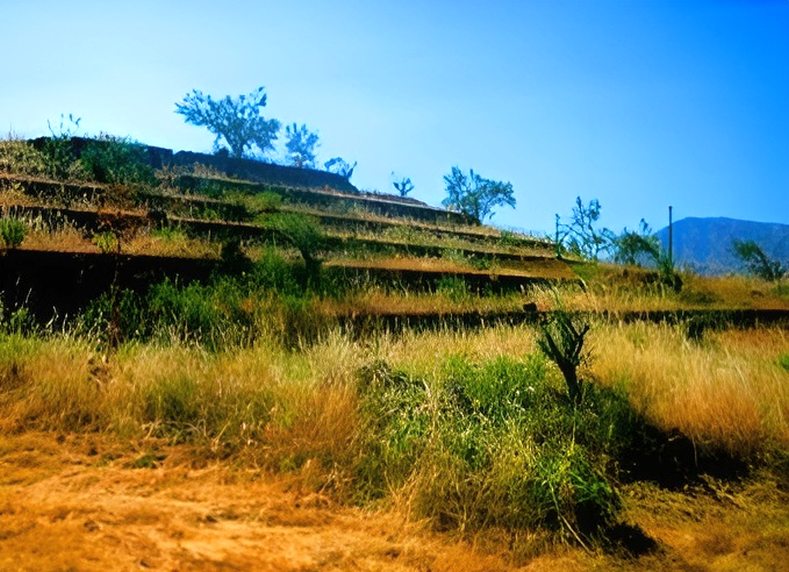
Gigal continues:
“Looking at a map, it is fascinating how the pyramids form a circle around the volcano. Could this be an ancient cult dedicated to it? We have also noticed that many pyramids are near important megalithic sites.”
The Pyramid of Pietraperzia in Enna province has sides aligned with the four cardinal points, four stair ramps, and what appear to be altars on top, resembling the Mesoamerican pyramids but on a smaller scale.
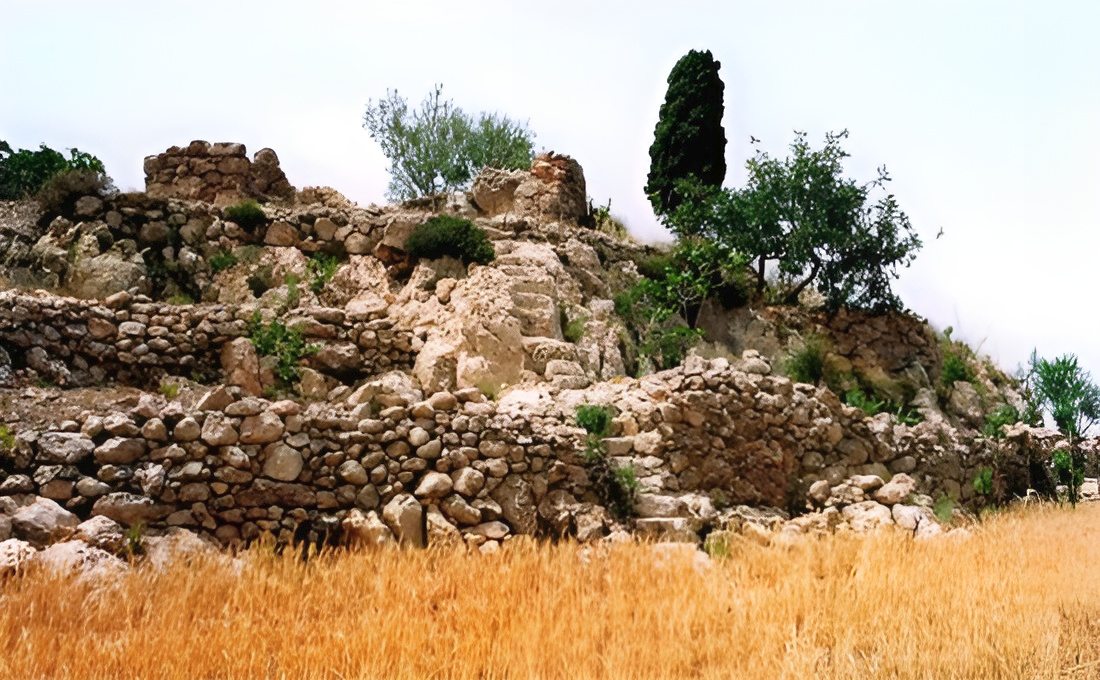
Eastern Sicily is rich in prehistoric megalithic sites. Among these, the Megaliths of Argimusco near Montalbano Elicona stand out. These are large sandstone formations carved into shapes representing animals, humans, and symbols, believed to hold astronomical and religious significance possibly tied to solstices, equinoxes, moon phases, and seasonal cycles. Some researchers suggest they were sacred spaces for the ancient Sun Cult, typical of millenary civilizations. These ancient sites offer valuable insight into pre-Roman and prehistoric Sicilian tribes such as the Sicels, who inhabited the eastern part of the island before Hellenization around 300 BC. This rich archaeological and mythical heritage suggests that Eastern Sicily was home to one of the earliest human civilizations, whose monumental stone structures predate even the Egyptian pyramids, challenging common historical narratives.
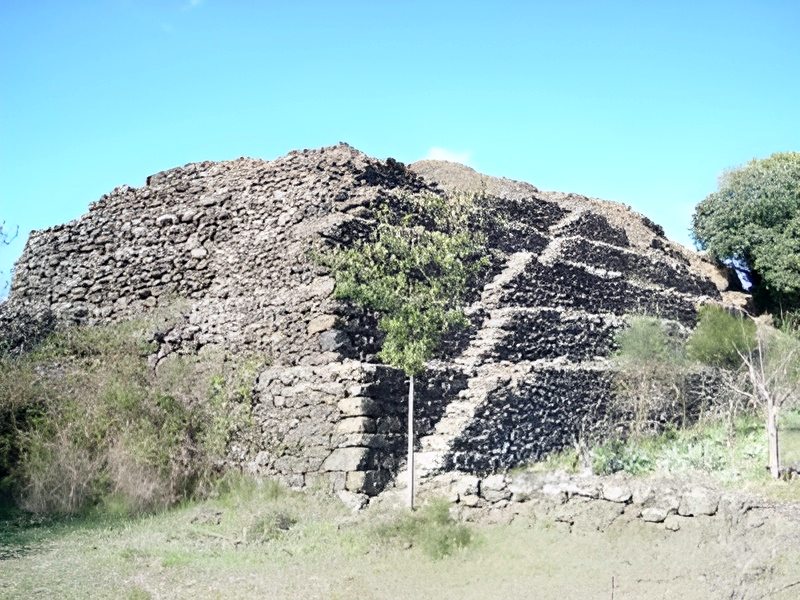
If desired, deeper exploration into these ancient cultures, their engineering techniques, and their broader Mediterranean impact can be provided.Among the earliest pyramids built by mankind are not only the Egyptian ones—in fact, the Egyptian pyramids are much younger compared to some others. Eastern Sicily is rich in true and ancient pyramids, as well as very ancient megalithic sites, suggesting that Irem, the first city of humans, may have been located precisely in that area.
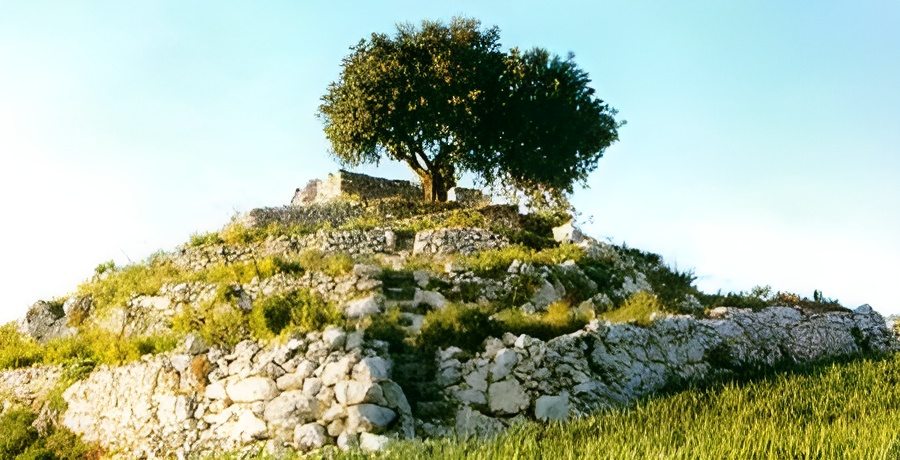
Robert Anton Wilson, in his Illuminatus trilogy, wrote that Sicily was the first terrestrial civilization—the first and therefore the oldest. That people initiated extraordinary dynamics spanning more than two continents. These pyramids lie within private properties, making access difficult. Many have been modified over time, sometimes reconstructed with concrete blocks. Others have served as foundations for small houses or have been almost entirely destroyed. These are the Pyramids of Etna (Aetna), built from volcanic stone, found in Piedimonte Etneo, Linguaglossa, Randazzo, Castiglione, Passopisciaro, Adrano—on the central-eastern slopes of Sicily surrounding Mount Etna. There are about forty pyramids, with smooth or stepped corners, rectangular or square bases, altars on elevated parts, and ramps for access. Today, they are hidden and protected by fences and walls. Their discovery is supported by authoritative archaeological sources. Among researchers devoted to this subject are Norwegian Thor Heyerdahl and French Egyptologist Antoine Gigal, who lives and works in Cairo.
“I knew about ten pyramids documented in Sicily, and my curiosity prompted me to see them. We climbed hills, crossed olive groves, photographed, measured, and to our great surprise, we identified about forty pyramids—many more than expected. A striking resemblance exists with the Sesi of Pantelleria or the Sardinian Nuraghi. But these are not funerary monuments. Unfortunately, some pyramids are damaged and hard to study or identify.”
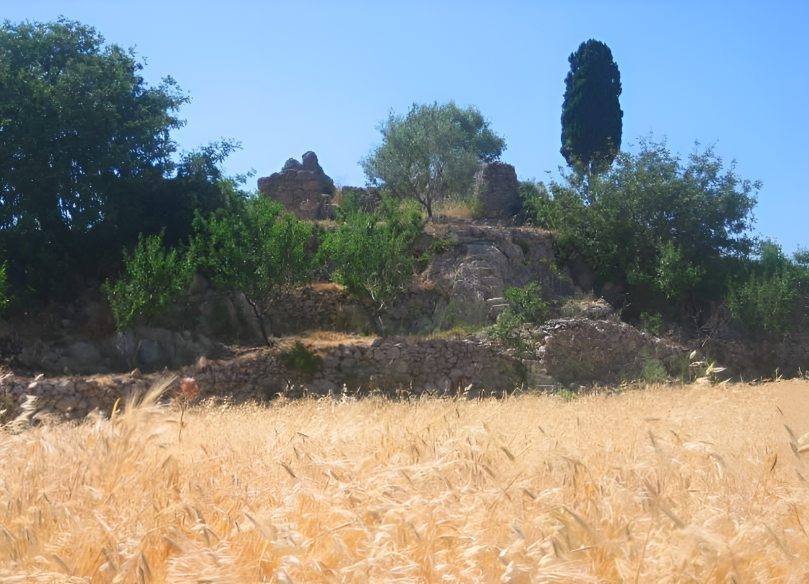
On Etna’s north slope, inside private property, Gigal found one about 30 meters high:
“The upper levels have collapsed, the base is 23 meters wide, with very steep stairs leading to the summit“.
Others are found at Passopisciaro and Francavilla di Sicilia:
“The access ramp inside the pyramid forms a winding path. Battlements and water spouts enabling drainage are also visible.”
Who built these ancient temple-like pyramids? According to Gigal, it was the Sicani:
“Much remains to be discovered about them, but they certainly occupied all Sicily, with traces of their culture dating back to the 3rd millennium BC.”
We believe, however, that the pyramids were actually built by the Shekelesh—one of the tribes of the “Sea Peoples” in a mythical era akin to the world depicted in Conan the Barbarian. Also called the Sandars and native to Eastern Sicily, the Shekelesh were a barbaric and nomadic people who roamed the Mediterranean and Eastern and Northern Europe, clashing with the Egyptian empire under Pharaohs Merneptah and Ramses III. Shekelesh villages have been identified at Tel Zeror in Israel. They also established colonies in Eastern Europe, especially Hungary and Romania, where they are believed to be the ancestors of the Székelys—a Hungarian-speaking ethnic group mainly inhabiting Transylvania and Voivodina (Serbia). Unlike other ethnic groups like the Siculi, the Székelys are widespread and Latin-oriented. Few remember the Siculi, guardians under Count Vlad the Impaler—the infamous Dracula of Bram Stoker’s novels. Their influence may have reached as far as Stonehenge and the Nebra Sky Disc found in Germany, made from gold originating in the Carpathian Mountains of Transylvania. Almost identical pyramids to those in Sicily have been found on Tenerife and Mauritius. The forty pyramids found by Antoine Gigal on Etna’s northeastern slopes appear to be from the same period and civilization: using volcanic stones, smoothed corners, specific layouts, ramps, and access points.
Gigal adds:
“Looking at a map, the pyramids form a circle around the volcano. Could this be an ancient cult dedicated to it? Many pyramids are near important megalithic sites.”
The Pyramid of Pietraperzia, in Enna province, has sides aligned with the four cardinal points, four stair ramps, what are believed to be altars at the top, resembling smaller-scale Mesoamerican pyramids. Eastern Sicily is also rich in megalithic sites, such as the Argimusco plateau near Montalbano Elicona. These large sandstone formations display carvings resembling animals, humans, and symbols, with probable astronomical and religious significance connected to solstices, equinoxes, moon phases, and seasonal cycles. Some theorize these sites served as sacred areas for ancient Sun Cult worship. These sites offer critical insight into pre-Roman prehistoric cultures such as the Sicels, inhabitants of eastern Sicily who lived before the Hellenization of the region around 300 BC. This rich archaeological and mythical heritage suggests that Eastern Sicily may have hosted one of the earliest human civilizations—whose monumental stone architectures predate even the Egyptian pyramids—calling for a reevaluation of common historical timelines. Deeper exploration into these cultures, their technologies, and influence across the Mediterranean can be provided if desired.










